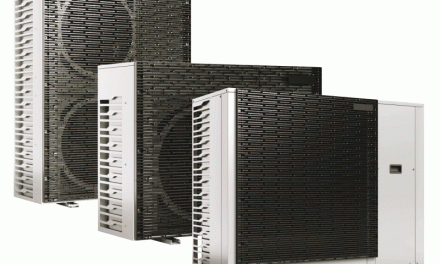
It is a fairly well-known fact that underfloor heating is regarded as a more energy efficient form of heating than traditional radiators. But exactly how much better is it? And do you pay for the energy savings in other ways? Choosing the right form of heating for your home or working environment is a difficult decision, and one you will have to live with for years to come. Get it right and you could be enjoying added comfort and lower heating bills; get it wrong and you could be losing heat and money fast.
The traditional heating method of choice for most homes and businesses has been radiators; used across the country, these solid heat exchangers have been popular since the Victorian times. But in recent years they’ve got some competition in the form of underfloor heating. This way of heating buildings appears to be modern but is not actually very new at all; a more basic form of it was used back in Roman times. But the efficient form of underfloor heating we know now is becoming more and more popular, spreading rapidly across Europe.
So how do you choose between these two heating devices? What are the features and benefits? Here, you can find out.
Energy & The Environment
When it comes to the environmental impact, underfloor heating has a number of benefits. They all basically come down to one basic point – underfloor heating requires less energy to run. The average under floor heating system will use between 15-40% less energy than conventional radiators; it requires a much lower flow temperature to heat a room due to its size and dimensions.
Compared to an entire floor, a radiator has a much smaller surface area, and therefore has to produce a lot more heat before the benefits will be felt across the room. Underfloor heating also benefits from its position; situated under the floor, it heats the room from the bottom up and no heat is wasted. A lot of the heat generated from radiators is lost in the ceiling due to the way heat rises, and therefore not beneficial in warming the room.
The other huge advantage of underfloor heating in relation to the environment is that it can utilise energy from renewable sources. Because of its lower energy requirements, it can be run off solar panels in the form of a solar thermal system, or even heat pumps. This means that your home or business can be heated using water which is essentially heated from the sun, making it extremely energy efficient and assisting in cutting your carbon footprint.
Costs
Whilst underfloor heating is a larger initial outlay, it does repay in the long run with high energy savings. Particularly when paired with a renewable energy source, underfloor heating can prove to be extremely cost effective.
Aesthetics
The aesthetics are obvious; bulky radiators tend to get in the way and take up space in your room. They can be particularly restraining in retail environments, where the space is needed in order to display goods and products. However, there are new, more lightweight forms of radiator being produced all the time and so if you look around, you may just be able to find one which complements your décor.
Hygiene
One thing which can’t be avoided with radiators is their tendency to attract and build up dust. They are extremely difficult to clean in between and behind, and therefore are not the most hygienic option.
Speed & Reactiveness
A downside to underfloor heating is the amount of time it takes to heat up. Whilst a radiator can heat a room within 20 or 30 minutes and will get hot within three or four minutes, an underfloor heating system can take between 1 and 2 hours to thoroughly heat a room.
However, it can be programmed to heat around the clock, ensuring a room never drops below 16°C, so you never need to wait for it to heat up. This makes underfloor heating ideal for public building which are occupied 24/7, and busy homes where someone will always generally be in. Conversely, underfloor heating also takes longer to cool down than radiator systems.
Comfort
There’s nothing quite like curling up on a winter’s night with cosy, toasty feet. This is a luxury which only underfloor heating can provide. Plus, it is much quieter than radiators which will generally make some cracking, ticking and whirring noises whilst warming up.
In conclusion, a heating system should be chosen dependent on your own needs and lifestyle, but the underfloor system certainly wins on comfort, energy efficiency and long term cost. To find out more about the various systems and equipment available, head over to the Underfloor Trade Store.



